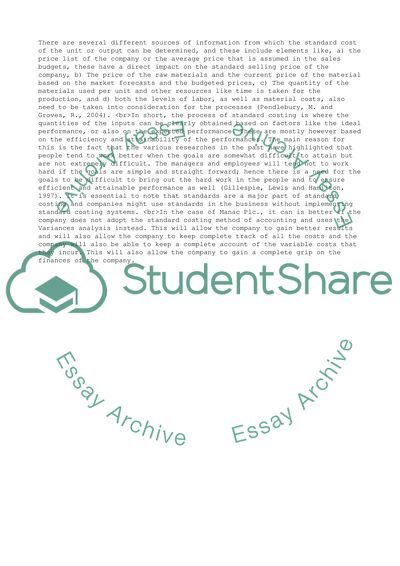Cite this document
(Strategic Management Accounting: Manac Plc Case Study, n.d.)
Strategic Management Accounting: Manac Plc Case Study. Retrieved from https://studentshare.org/management/1730416-strategic-management-accounting
Strategic Management Accounting: Manac Plc Case Study. Retrieved from https://studentshare.org/management/1730416-strategic-management-accounting
(Strategic Management Accounting: Manac Plc Case Study)
Strategic Management Accounting: Manac Plc Case Study. https://studentshare.org/management/1730416-strategic-management-accounting.
Strategic Management Accounting: Manac Plc Case Study. https://studentshare.org/management/1730416-strategic-management-accounting.
“Strategic Management Accounting: Manac Plc Case Study”, n.d. https://studentshare.org/management/1730416-strategic-management-accounting.


